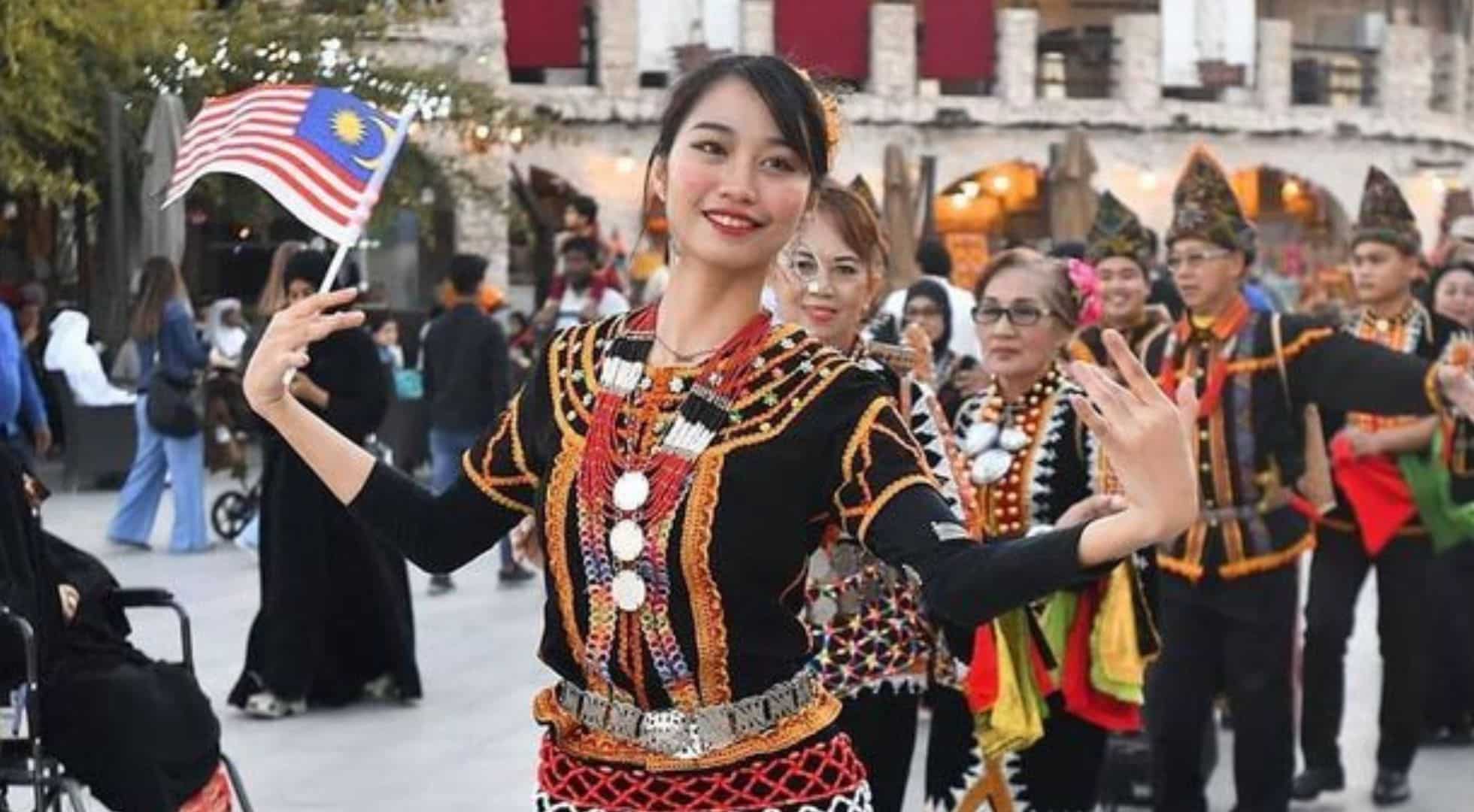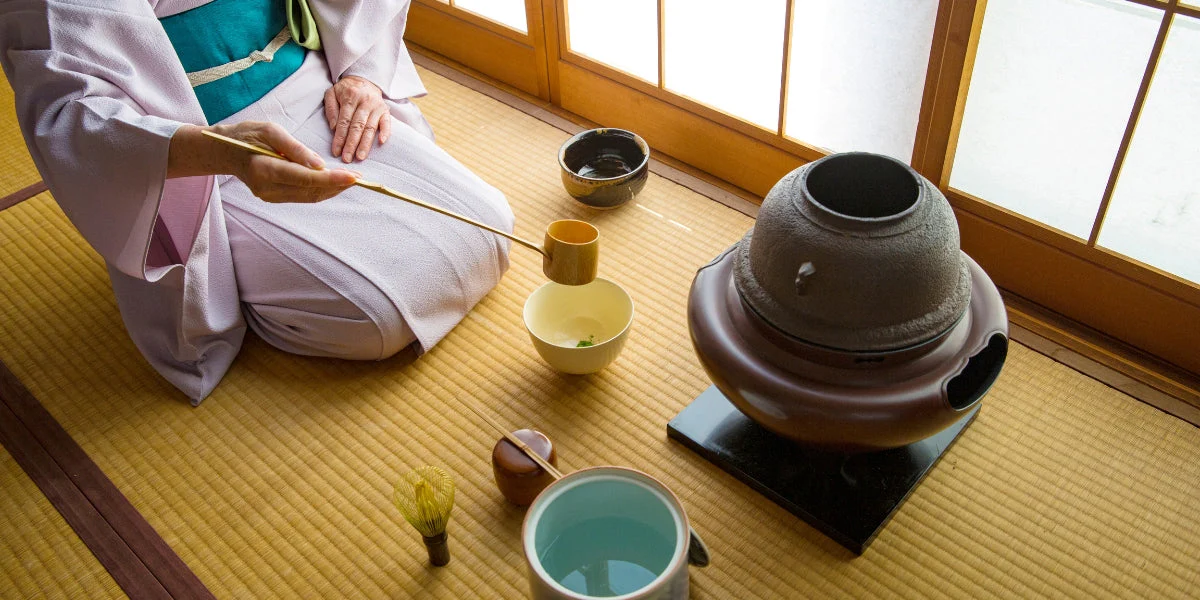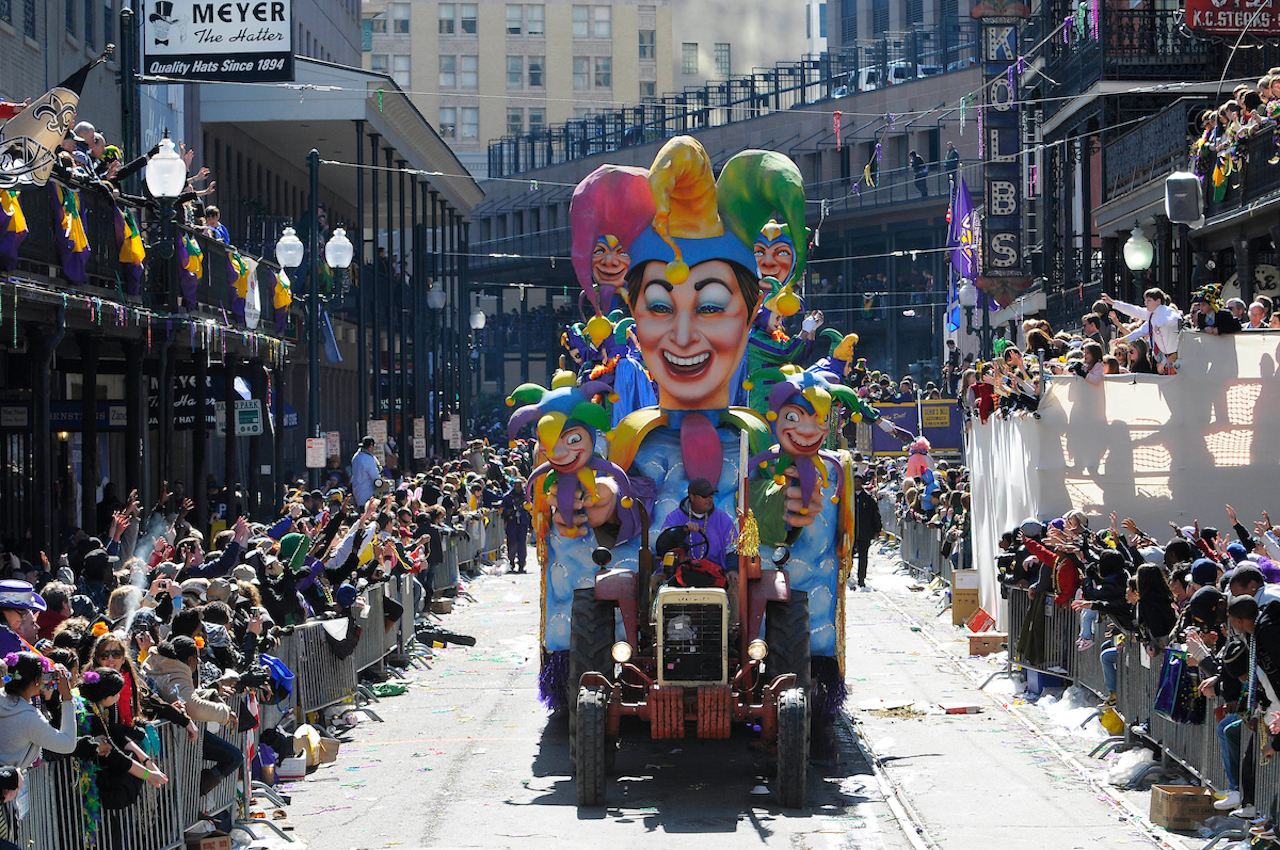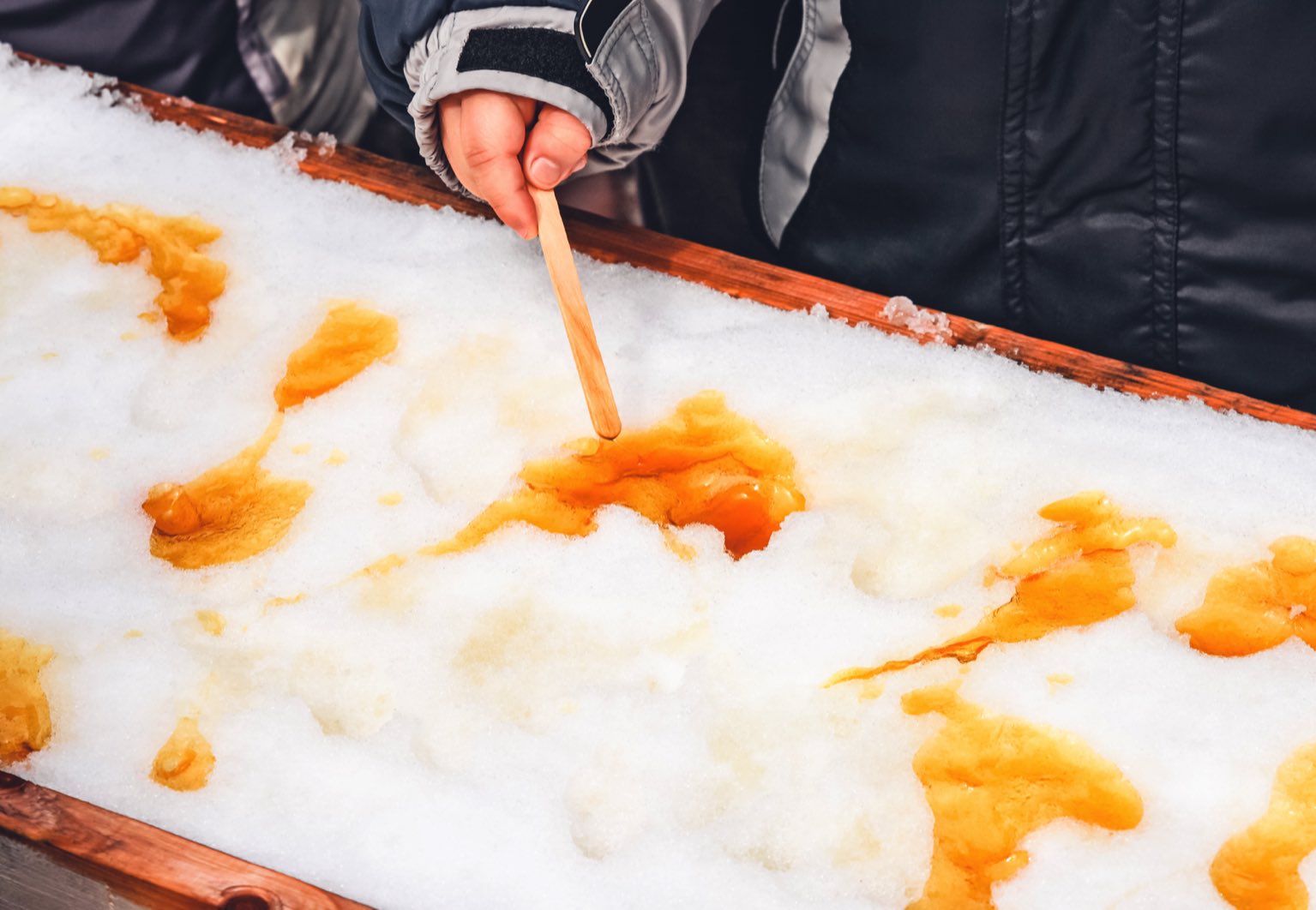pokomde.info – Malaysia’s Harvest Festival, known as Kaamatan in Sabah and Gawai Dayak in Sarawak, is a vibrant cultural celebration that pays homage to the rice harvest. Deeply rooted in the traditions of the Kadazandusun and Dayak communities, these festivals offer a unique glimpse into Malaysia’s Indigenous heritage. With their colorful rituals, traditional music, and communal spirit, Kaamatan and Gawai are more than just agricultural celebrations—they are heartfelt expressions of gratitude, unity, and identity.
The Significance of the Harvest Festival
Rice holds a sacred place in the cultures of Sabah and Sarawak, not just as a staple food but as a symbol of life, prosperity, and connection to nature. The Harvest Festival marks the end of the rice-planting season and serves as an occasion to thank the spirits for a bountiful yield while seeking blessings for the year ahead.
Kaamatan: The Festival of Sabah
Kaamatan, celebrated by the Kadazandusun people of Sabah, typically takes place in May. It is steeped in mythology, particularly the story of Huminodun, a maiden who sacrificed herself to ensure the survival of her people. This tale underscores the Kadazandusun’s reverence for rice and its spiritual significance.
Key Highlights of Kaamatan
- Magavau Ritual: A sacred ceremony led by a high priestess, or bobohizan, to appease the rice spirit (Bambaazon) and express gratitude for the harvest.
- Traditional Games: Activities like arm wrestling, tug-of-war, and blowpipe competitions showcase the community’s skills and strength.
- Cultural Performances: Traditional dances like the Sumazau, accompanied by the rhythmic beats of gongs, bring the festival to life.
- Unduk Ngadau: A beauty pageant honoring Huminodun’s sacrifice, where contestants embody grace, intelligence, and cultural knowledge.
Gawai Dayak: The Pride of Sarawak
Gawai Dayak, celebrated on June 1st by the Dayak people in Sarawak, marks the end of the rice harvest season. It is a time for merriment, family reunions, and the renewal of ties with ancestral traditions.
Key Highlights of Gawai Dayak
- Ritual Offerings: The festival begins with miring, a ritual to honor the spirits with offerings of food, drink, and traditional rice wine called tuak.
- Ngajat Dance: Performed by men and women in elaborate costumes, the ngajat dance is a mesmerizing display of Dayak culture and storytelling.
- Traditional Feasts: Families gather to share dishes like bamboo-cooked rice (lemang), roasted meat, and various Indigenous delicacies.
- Open Houses: Communities open their homes to visitors, showcasing hospitality and fostering unity across ethnic groups.
Cultural Elements That Define the Harvest Festival
- Music and Dance
Traditional music, featuring instruments like gongs, sape (a lute-like instrument), and drums, sets the festive mood. The dances performed during Kaamatan and Gawai are not just entertainment—they are cultural expressions that tell stories of bravery, love, and respect for nature. - Costumes
Participants wear intricate traditional attire made from handwoven fabrics, adorned with beads, feathers, and other natural elements. These costumes highlight the artistic craftsmanship of Indigenous communities. - Communal Spirit
Both festivals emphasize togetherness. Villages and communities come together to organize the celebrations, reflecting the gotong-royong (communal spirit) that is central to Malaysian culture. - Rice Wine
Tapai and tuak, traditional rice wines, are integral to the festivities. They are not just drinks but symbols of abundance and generosity shared among family and friends.
A Modern Twist on Tradition
While deeply rooted in tradition, the Harvest Festival has also embraced modern elements. Events like cultural exhibitions, concerts, and culinary showcases attract both locals and tourists. These additions help promote the rich heritage of Sabah and Sarawak to a broader audience, ensuring that the traditions are preserved and appreciated.
Why Experience the Harvest Festival?
For visitors, the Harvest Festival is an opportunity to immerse themselves in the vibrant traditions and hospitality of Malaysia’s Indigenous communities. Whether it’s joining in a spirited dance, savoring local delicacies, or witnessing ancient rituals, the experience is both enriching and unforgettable.
Conclusion: Celebrating Gratitude and Unity
The Harvest Festival in Malaysia is more than just a cultural event; it’s a heartfelt celebration of life, gratitude, and community. Whether in the majestic highlands of Sabah during Kaamatan or the lush rainforests of Sarawak during Gawai, the festival reflects the beauty of Malaysia’s Indigenous heritage.
By participating in or learning about these festivals, one not only enjoys a cultural spectacle but also gains a deeper appreciation for the values of harmony, respect, and interconnectedness that define Malaysian society.








